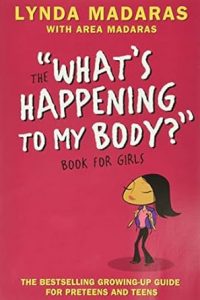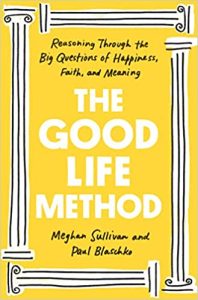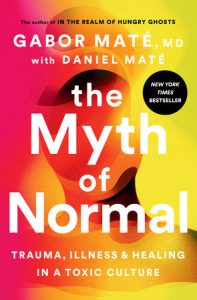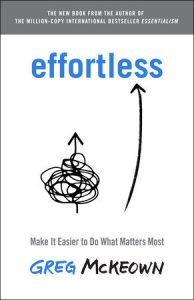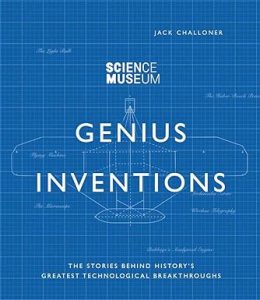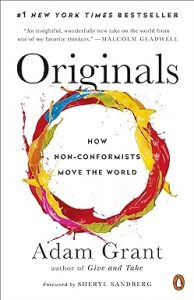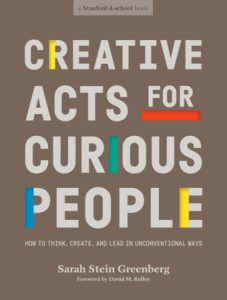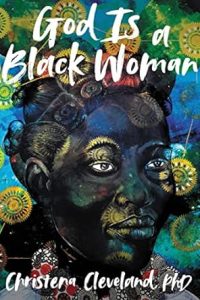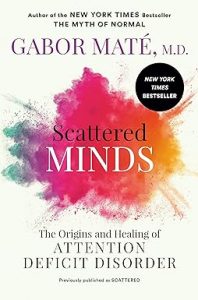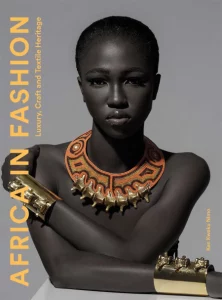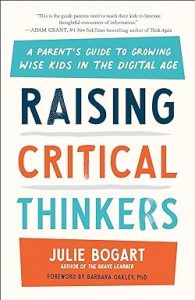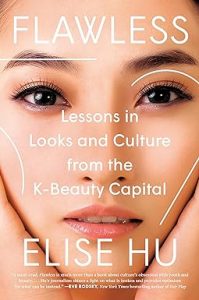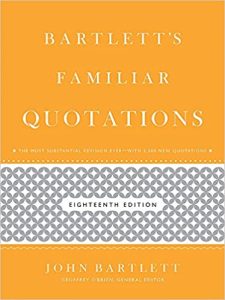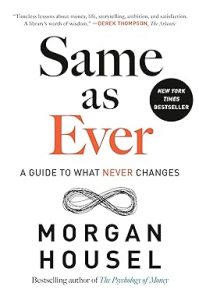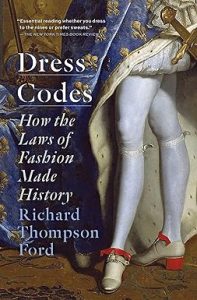What’s Happening to My Body? Book for Girls
₦14,000.00Everything preteen and teen girls need to know about their changing bodies and feelings Written by an experienced educator and her daughter in a reassuring and down-to-earth style, The “What’s Happening to My Body?” Book for Girls gives sensitive straight talk on: the body’s changing size and shape; the growth spurt; breast development; the reproductive organs; the menstrual cycle; body hair; diet and exercise; romantic and sexual feelings; and puberty in the opposite sex. It also includes information on anorexia and bulimia, sexually transmitted diseases, AIDS, and birth control.
Featuring detailed illustrations and real-life stories throughout, plus an introduction for parents and a helpful resource section, this bestselling growing-up guide is an essential puberty education and health book for all girls ages 10 and up.

